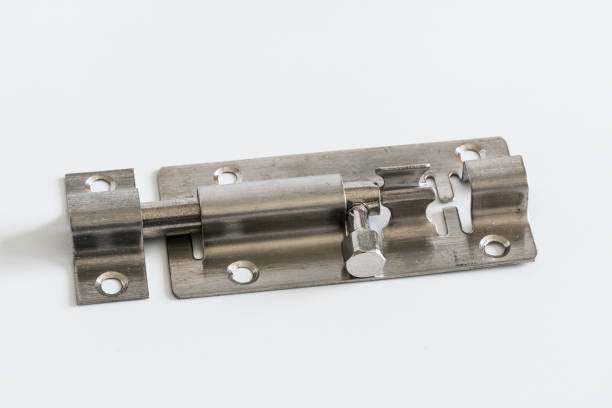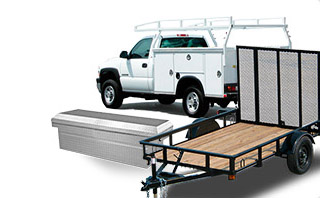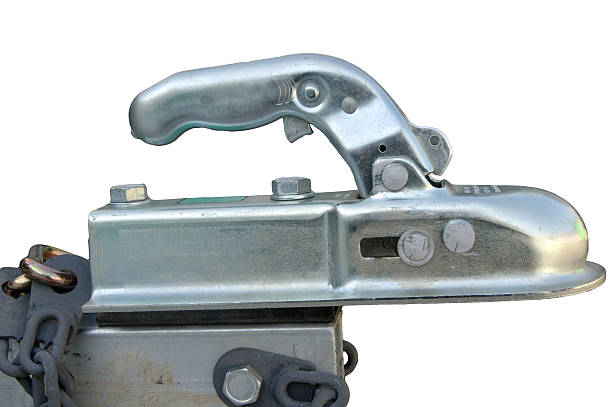Installing a Door Latch: Step-by-Step Guide

Installing a Door Latch: Step-by-Step Guide
Installing a door latch can seem like a daunting task, but with the right tools and a clear understanding of the process, it can be quite straightforward. Whether you're replacing an old latch or installing a new one, this guide will walk you through each step. By the end, you'll have a securely installed door latch that functions smoothly.
Before diving into the installation process, it's essential to familiarize yourself with the different components of a door latch. Knowing these parts will help you understand how they fit together and function as a whole.
Key Components:
1. Latch Bolt: The metal piece that extends into the door frame to keep the door closed.
2. Strike Plate: The metal plate attached to the door frame where the latch bolt fits.
3. Faceplate: The flat metal piece on the edge of the door where the latch bolt protrudes.
4. Spindle: The rod that connects the door knobs or levers through the door.
5. Door Knobs/Levers: The handles used to operate the latch.
6. Backset: The distance from the edge of the door to the center of the door knob or lever.
7. Screws: Various screws that hold the components in place.
Tools You’ll Need:
Before you start, gather the necessary tools to ensure a smooth installation process.
- Screwdriver (usually Phillips-head)
- Tape measure
- Pencil
- Drill (optional, for new installations)
- Hole saw (optional, for new installations)
- Chisel (optional, for adjusting the mortise
Step-by-Step Installation Guide:
Step 1: Remove the Old Latch (If Applicable)
If you're replacing an existing latch, start by removing it. Use a screwdriver to take out the screws from the door knobs or levers. Then, remove the knobs and the spindle. Next, unscrew the faceplate and the latch bolt, and finally, remove the strike plate from the door frame.
Step 2: Prepare the Door
If you're installing a latch on a new door, you'll need to drill holes for the latch assembly. Use a tape measure to mark the location for the latch hole, typically 2 3/8 inches or 2 3/4 inches from the edge of the door, which is the backset. Use a hole saw to drill the hole for the door knob or lever.
After drilling the main hole, drill a smaller hole on the edge of the door for the latch bolt. Ensure the holes are aligned.
Step 3: Install the Latch Bolt and Faceplate
Insert the latch bolt into the hole on the edge of the door. Ensure the beveled side of the bolt is facing the door frame. Align the faceplate over the latch bolt and secure it with screws. If the faceplate doesn't fit flush with the door, use a chisel to adjust the mortise.
Step 4: Install the Door Knobs or Levers
Insert the spindle through the latch bolt, ensuring it extends evenly on both sides of the door. Position the door knobs or levers onto the spindle on each side of the door. Secure them in place with screws, ensuring they are tight and the knobs turn smoothly.
Step 5: Install the Strike Plate
Position the strike plate on the door frame so that it aligns with the latch bolt. Use a pencil to mark the screw holes. Drill pilot holes for the screws, then attach the strike plate securely. Ensure the latch bolt fits snugly into the strike plate when the door is closed.
Step 6: Test the Latch
With everything installed, test the door latch by turning the knobs or levers. The latch should retract smoothly and engage with the strike plate without resistance. If there are any issues, adjust the components as needed.
Tips for a Successful Installation
Double-check Measurements: Accurate measurements are crucial for alignment and functionality.
Use the Right Tools: Ensure you have the appropriate tools for the job, especially if you need to drill new holes.
Follow Manufacturer Instructions: Refer to the specific instructions provided with your latch for any unique installation steps.
Troubleshooting Common Issues
Latch Doesn’t Align with Strike Plate: If the latch doesn't fit into the strike plate, adjust the position of the strike plate or the door latch.
Door Knobs Feel Loose: Tighten all screws and ensure the spindle is properly aligned.
Latch Bolt Sticks: Check for obstructions and ensure the faceplate is flush with the door.
Conclusion
Installing a door latch is a manageable task with the right approach and tools. By understanding the components and following these steps, you can ensure a secure and functional door latch. Whether you're a seasoned DIY enthusiast or a beginner, this guide will help you achieve professional results.
Remember, safety comes first, so always ensure your door latch is securely installed to protect your space. Happy installing!






